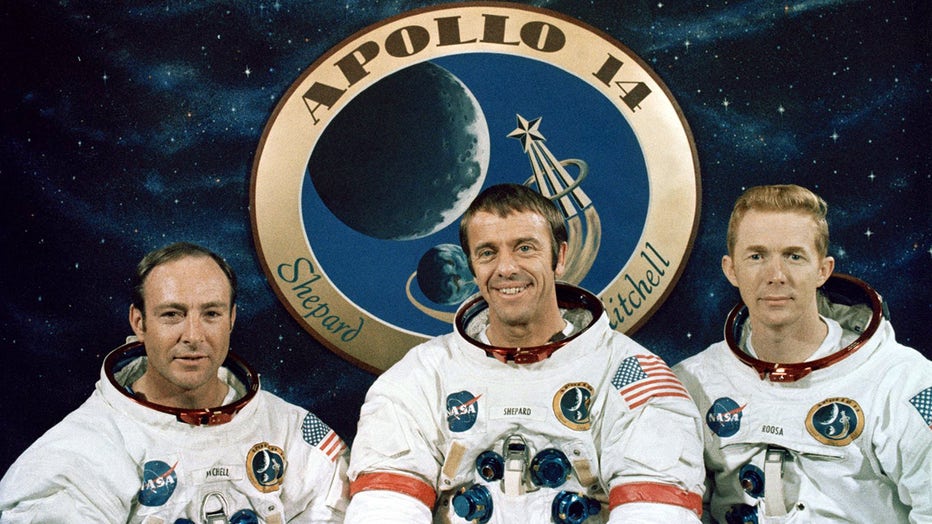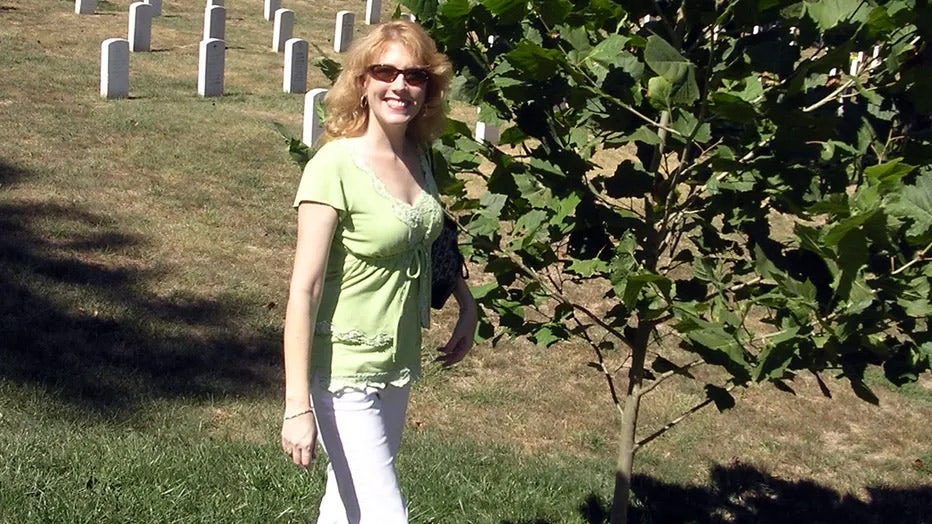NASA to begin distributing 'moon trees' with seeds that flew around moon
The Forest Service has been taking care of the moon tree seedlings, but they are ready for their forever homes. (NASA photo / August 2023)
CAPE CANAVERAL, Fla. - Some out-of-this-world trees are now home and ready to begin inspiring a new generation. NASA is preparing to distribute "moon tree" seedlings that have sprouted from seeds flown on the Artemis I lunar mission.
Hundreds of seeds – including sycamores, sweetgums, Douglas firs, loblolly pines, and giant sequoias – traveled the 270,000 miles to lunar orbit during the uncrewed Orion test flight in 2022. Since then, the seeds have been germinating under the care of the USDA’s Forest Service.
PREVIOUS: With Artemis I, NASA plans to plant seeds of inspiration – literally

(NASA photo / August 2023)
In the meantime, NASA solicited applications from teachers and organizations to become permanent "moon tree custodians," and over the next few weeks, 50 will be notified that NASA has selected them to receive a moon tree. More will be selected over the next 18 months.
The first of the new moon trees – a loblolly pine – arrived this week at the North Carolina governor’s mansion.

The loblolly pine Artemis I moon tree at the North Carolina governor’s mansion on Wednesday, April 24, 2024. (NASA/OLIA)
"North Carolina is firmly planting the roots of exploration for generations to come," offered record-setting astronaut Christina Koch, who was on hand for the ceremony. "It is an honor to share the excitement of space with students and future explorers in my home state. These students will make up the Artemis generation and allow humanity to accomplish big things in space and on Earth in the future."
What are moon trees?
Moon trees are trees grown from seeds that flew around the moon with the idea of spreading awareness of the space program, science, technology, and the environment.
"It actually harkens back to Apollo 14 when astronaut Stuart Roosa brought tree seeds aboard and had an Apollo tree program," explained Rob LaSalvia, NASA’s manager for STEM partnerships for the Office of STEM Engagement.

The crew of the Apollo 14 lunar landing mission. Left to right, are Edgar D. Mitchell, lunar module pilot; Alan B. Shepard Jr., commander; and Stuart A. Roosa, command module pilot. (NASA photo / December 1970)
Roosa was the command module pilot for that 1971 mission and remained in lunar orbit while Alan Shepard and Edgar Mitchell walked on the moon. With the help of the U.S. Forest Service, Roosa – a former Forest Service "smoke jumper" – carried seeds in his personal cargo kit.
Despite some drama after their return to Earth – the seeds were accidentally exposed to a vacuum during decontamination – they proved viable and many seedlings were eventually distributed around the country and around the world, from the White House to Japan.

Rosemary Roosa, daughter of astronaut Stuart Roosa, stands next to the moon tree planted at Arlington National Cemetery in Virginia in honor of her father. (Photo courtesy of Rosemary Roosa, via NASA)
LINK: You can see a list of the known moon tree locations here
NASA didn’t log all of their locations until years later. And now, with at least several dozen of the initial moon trees still thriving, the agency is adding to the list during the Artemis program.
When is the next Artemis mission?
The Artemis I mission was a successful test flight, sending the Orion capsule into lunar orbit and then proving it could survive a fiery return to Earth. The next mission is slated to carry a crew of four – including Christina Koch – around the moon as soon as September 2024.

A portion of the far side of the Moon looms large just beyond the Orion spacecraft in this image taken on the sixth day of the Artemis I mission by a camera on the tip of one of Orion’s solar arrays. The darkest spot visible near the middle of the im
If all goes well with that flight, Artemis III would then land astronauts – including the first woman and first person of color – on the moon.
Several important elements for that mission are still in the works. NASA is relying on SpaceX to develop a lunar-lander version of its Starship rocket to carry the astronauts to and from the lunar surface, while Axiom Space has won the contract to design and build the spacesuits the astronauts will wear.
RELATED: 'Tremendous technical challenges': New report says NASA won’t land astronauts on the moon in 2025

